There is a study investigates to which extent two-photon excitation (TPE) uorescence lifetime imaging microscopy can be applied to study picosecond uorescence kinetics of individual chloroplasts in leaves. Using femtosecond 860 nm excitation pulses, uorescence lifetimes can be measured in leaves of Arabidopsis thaliana and Alocasia wentii under excitation-annihilation free conditions, both for the F0- and the Fm-state. The corresponding average lifetimes are *250 ps and *1.5 ns, respectively, similar to those of isolated chloroplasts.
These values appear to be the same for chloroplasts in the top, middle, and bottom layer of the leaves. With the spatial resolution of *500 nm in the focal (xy) plane and 2 lm in the z direction, it appears to be impossible to fully resolve the grana stacks and stroma lamellae, but variations in the uorescence lifetimes, and thus of the composition on a pixel-to-pixel base can be observed..
Conclusions
In vivo measurements on chloroplasts are possible under low-light conditions with TPE FLIM and the obtained uorescence kinetics are very similar to those observed in in vitro measurements on isolated chloroplasts.
While scanning through the leaves of Alocasia wentii and Arabidopsis thaliana that were both grown under low-light conditions, no differences could be observed in the uorescence kinetics, indicating no variation in the chloroplast composition/organization as a function of depth.
The spatial resolution of the FLIM measurements does not allow to observe individual grana stacks in Arabidopsis thaliana chloroplasts, but in the case of chloroplasts of Alocasia wentii variations in the lifetimes are observed, which may be ascribed to variations in the grana density.
In the future, the TPE uorescence lifetime imaging microscope can be used to study individual chloroplasts in leaves under different stress conditions.
Be the first to review “Alocasia wentii” Cancel reply
Related products
Indoor Plants
Indoor Plants
Indoor Plants
$15.90
Indoor Plants
$15.90
Indoor Plants
$25.80
Indoor Plants
$16.30
Indoor Plants
$17.10
Indoor Plants
$250.00

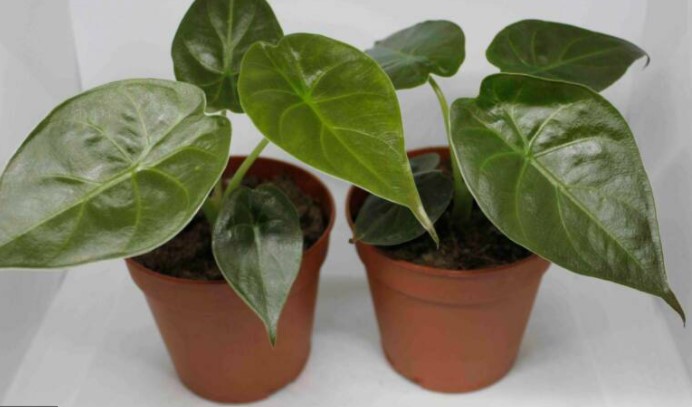

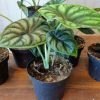


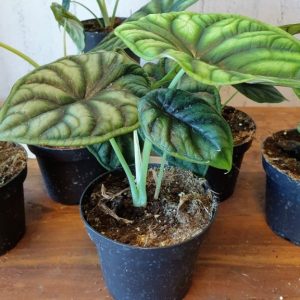
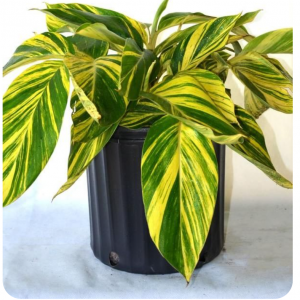
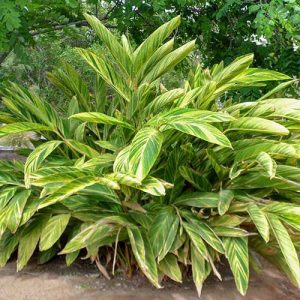
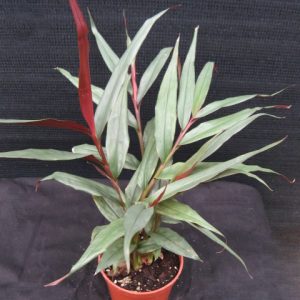
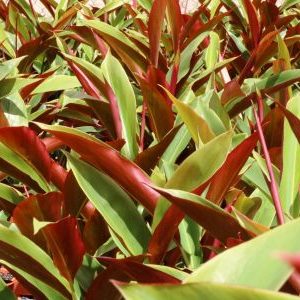
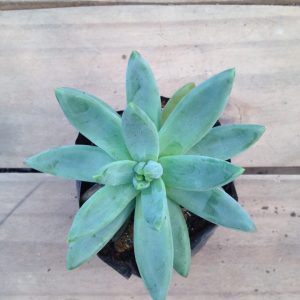
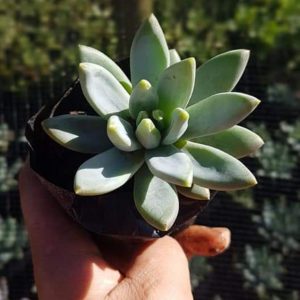
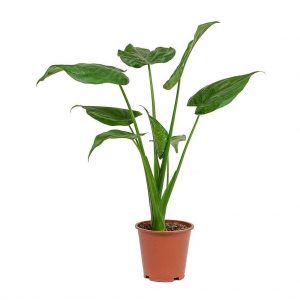

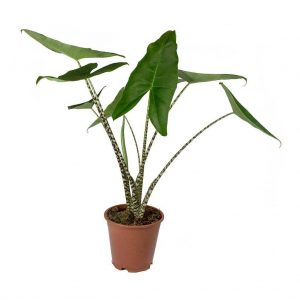
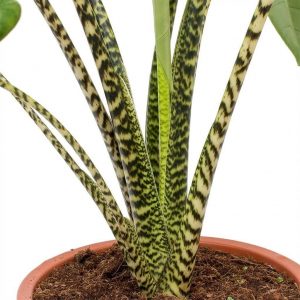
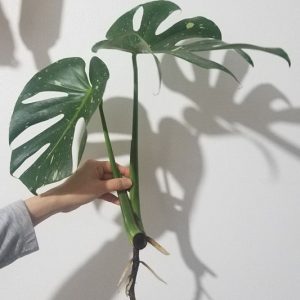
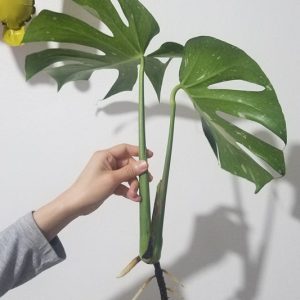
Reviews
There are no reviews yet.